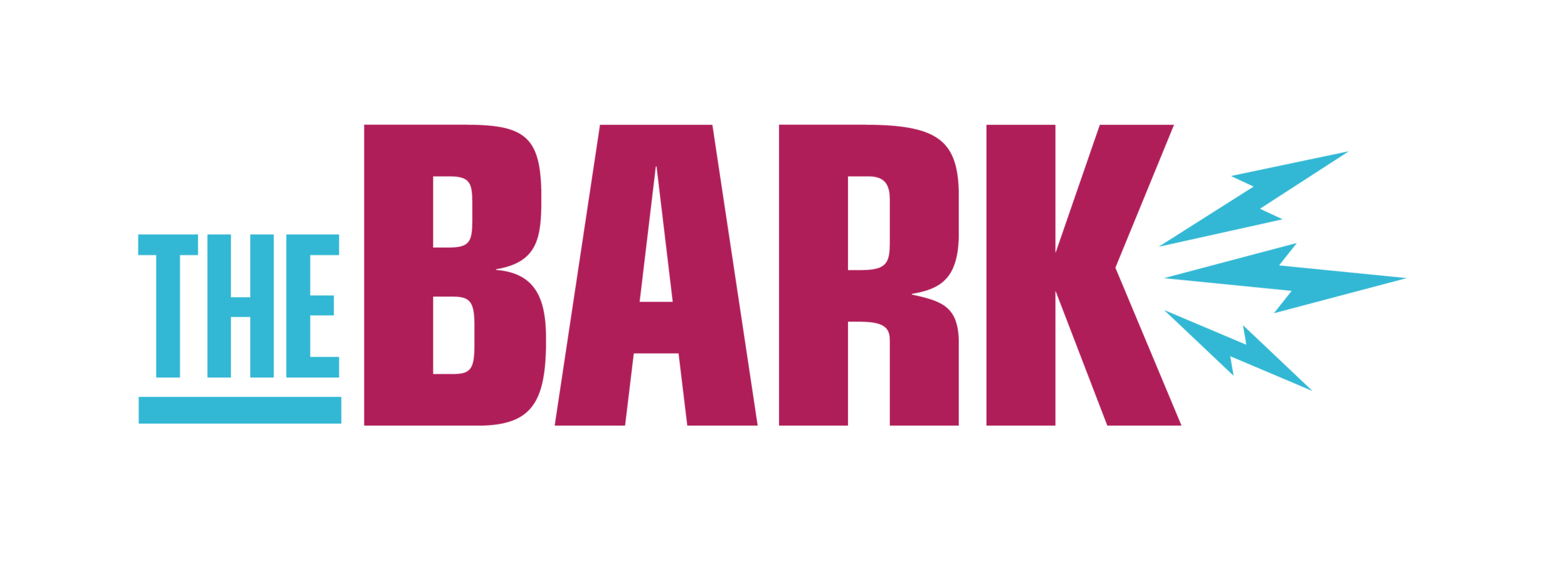Chappell Roan: The Queer Pop Princess Gen Z has Been Searching For
You may have heard “Red Wine Supernova” or “Pink Pony Club” in the background of a TikTok video or Instagram reel; songs with a poppy sound, yet contemplative writing. The musical entity behind these hits is Chappell Roan, a singer-songwriter from Missouri who is quickly becoming popular with many Gen Z listeners. At the time of writing this article, Chappell Roan has four songs on Spotify’s “Viral 50- USA'' playlist.
Chappell Roan live, 2022. Photo by Jason Martin on Flickr.
So why is she such a big deal? What chord is she striking in her listeners? Part of Roan’s allure is her explicit and confessional revival of the pop genre. Britney Spears is said to be the “Pop Princess,” being that she brought pop music back into the mainstream in the late 90s and early 2000s. Since then, it has been hard to identify her predecessor, but Chappell Roan shows significant promise for the pop world, bringing a soulful, queer and gritty perspective to the genre.
Aside from the catchy rhythm and melody of her music, Chappell Roan manages to capture the effervescent, longing experience of girlhood in her sound and lyrics. For example, her song Pink Pony Club is about a southern girl who dreams about moving away and doing drag at a club in Santa Monica, much to her mother’s disapproval. These complex themes are relatable to many listeners, which creates an interpersonal connection between Roan’s music and her fans.
In her Instagram post announcing her new album, “The Rise and Fall of a Midwest Princess,” Roan said. “This album is for the 10-year-old girl from the Midwest who never thought she could be herself. The girl who felt shame from the day she turned 13 for having a deeper love for her girl best friend that was unlike anything she felt for boys. For the girl who was told to be proper and sweet and ladylike, but simply would never be.” Roan is becoming an icon for queer people of all different backgrounds, and because her music is written for her younger self, many people with self-doubts can turn to her lyrics and feel understood. Roan’s music is empowering for any listeners who may feel like they are different from the mainstream, and it encourages them to explore their selfhood.
This sentiment can also be seen in Roan’s self-expression. Her aesthetic and look draw much inspiration from elements of camp and drag - an art form that has faced intolerance since its inception. Roan’s looks often feature sparkles, fringe, metallics and generally “loud” fashion statements, which is a staple of drag. Roan also embraces drag makeup, like in her Midwest Princess album cover, where her face is painted completely white, with a bold orange lip and orange blush, heavy eye makeup and high thin eyebrows, all iconic elements of drag. Her makeup looks often also feature blue eyeshadow - an unconventional color that can be seen as campy, clownish or costumey.
Gen Z has seen the rise of queer acceptance, and many Gen Zers long for a queer idol to celebrate. This can be seen in the “Gaylor'' fandom, a mostly online group that believes that Taylor Swift is secretly queer, or the One Directioners who believe that Harry Styles and Louis Tomlinson were secretly dating while the band was together. Gen Z has always longed for a queer icon to look up to, which is why Chappell Roan resonates with many young listeners. She is unapologetic about her lyrics, themes, and intentions, making her a symbol of selfhood and honesty.
By incorporating elements of drag and into her aesthetic and being openly queer, Roan is signaling that it is okay to be yourself. Her presence is emblematic of a rise in self-acceptance and self-love in younger generations.
Chappell Roan will be performing at Coachella later this April, followed by a tour in the US and Europe. To listen to her play, check out her NPR Tiny Desk Concert from March 21st.

